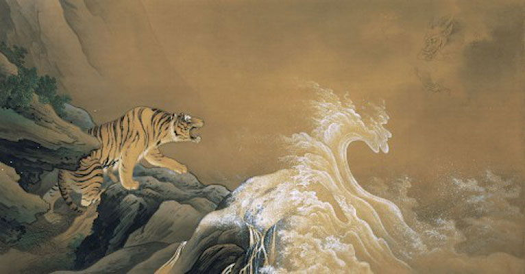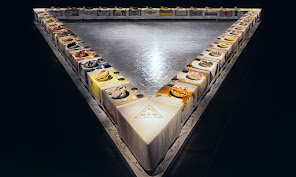Nihonga (Japan)

Nihonga Nihonga, translating to "Japanese painting," was a term first coined in 1882 for a way of painting that was intended to preserve the traditional Japanese style of art. Nihonga began when Japan opened its trade borders for the first time in over two centuries. In response, Japan's society experienced a push toward modernity during a time known as the Meiji Period. Nihonga artists wanted to combat Japan's adoption of Western artistic styles. Nihonga is still practiced today, the style experienced a revival in the 1980s. Nihonga is based on Japanese painting traditions that are over one thousand years old. Traditional Japanese works had a matte finish that resembled watercolor. Brushstrokes were not apparent, and line was emphasized. Nihonga utilizes only traditional materials like sumi ink (made from the soot of burnt lamp oil or pinewood, animal glue, and perfume) and kofun (chalk). The artists did add a modern twist, however, by broadening the range o...

